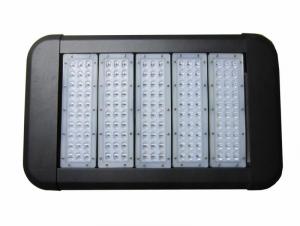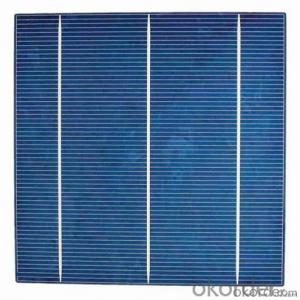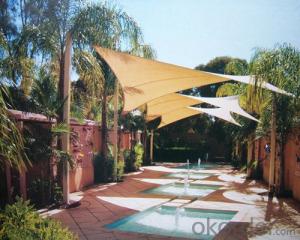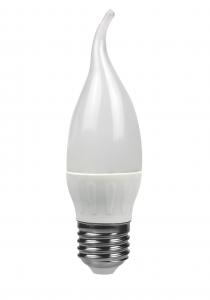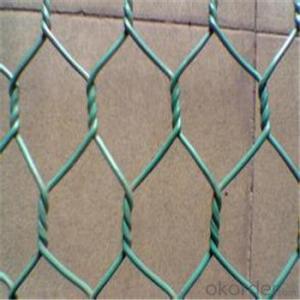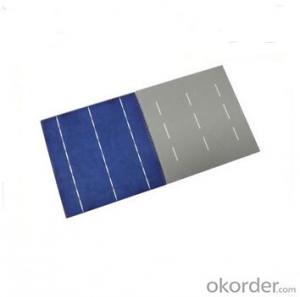3 5 Solar Cells
3 5 Solar Cells Related Searches
Galvanized Steel Stucco Netting Stainless Steel 5 Gallon Bucket Diamond Steel Roofing Roll Of Aluminum Coil Sheet Of Aluminum Foil Pvc Aluminum Trim Coil Coil Of Aluminum Weight Of 1 4 Aluminum Plate Aluminum Sheet Metal Coil Weight Of 3 16 Aluminum PlateHot Searches
Cheap Solar Cells For Sale Flexible Solar Cells For Sale Q Cells Solar Panels For Sale Printed Solar Cells For Sale Bulk Solar Cells For Sale 6x6 Solar Cells For Sale Broken Solar Cells For Sale Cpv Solar Cells For Sale Photoelectric Cells For Sale Price Of Silicon Solar Cells Price Of Solar Cells Over Time Buy Solar Cells From China Cheap Solar Cells China Best Type Of Solar Cells Flexible Solar Cells Price Q Cells Solar Panels Price 3 Types Of Solar Cells Production Of Solar Cells Common Types Of Solar Cells Q Cells Solar Panel Prices3 5 Solar Cells Supplier & Manufacturer from China
Okorder.com is a professional 3 5 Solar Cells supplier & manufacturer, offers integrated one-stop services including real-time quoting and online cargo tracking. We are funded by CNBM Group, a Fortune 500 enterprise and the largest 3 5 Solar Cells firm in China.Hot Products
FAQ
- Yes, solar cells can be used to power parking meters. Solar cells convert sunlight into electricity, making them a sustainable and environmentally friendly power source for various applications, including parking meters. By harnessing solar energy, parking meters can operate independently, reducing the need for frequent battery replacements or connection to the electrical grid.
- The most common materials used in solar cells are silicon, which is the primary component, along with other materials like metal conductors, glass, and polymers.
- A solar cell is a single unit that converts sunlight into electricity, while a solar panel is a collection of multiple solar cells connected together to generate a larger amount of electricity.
- Yes, solar cells can be used in off-grid applications. Off-grid applications refer to situations where there is no access to the traditional electricity grid. Solar cells, also known as photovoltaic cells, convert sunlight directly into electricity, making them a reliable source of power for off-grid applications. They can be used to generate electricity for various purposes, such as powering homes, buildings, or remote installations in areas without access to the grid.
- A multi-junction solar cell is a type of photovoltaic cell that consists of multiple layers of different semiconductor materials, each designed to absorb different wavelengths of sunlight. This allows the cell to convert a broader spectrum of light into electricity, resulting in higher efficiency and improved performance compared to traditional single-junction solar cells.
- Solar cells typically do not perform optimally in areas with high levels of snowfall. The accumulation of snow on the surface of solar panels obstructs sunlight from reaching the cells, reducing their efficiency. However, advancements in technology and the tilt angle of solar panels can help minimize this issue by allowing the snow to slide off more easily. Additionally, regular maintenance practices such as clearing the snow can help ensure better performance during snowy periods.
- Yes, solar cells can be used for powering electric fences. Solar cells convert sunlight into electricity, which can then be stored in batteries and used to power electric fences. This makes them a reliable and sustainable option for powering fences in areas without easy access to a traditional power grid.
- Yes, solar cells are significantly impacted by shading. When a solar cell is partially shaded, even with a small amount of shading, it can cause a considerable reduction in the overall energy output of the solar panel. This is because shading interrupts the flow of sunlight to the cells, leading to a decrease in their efficiency and power generation capacity. Therefore, it is important to ensure that solar panels are installed in unshaded areas to maximize their performance.













